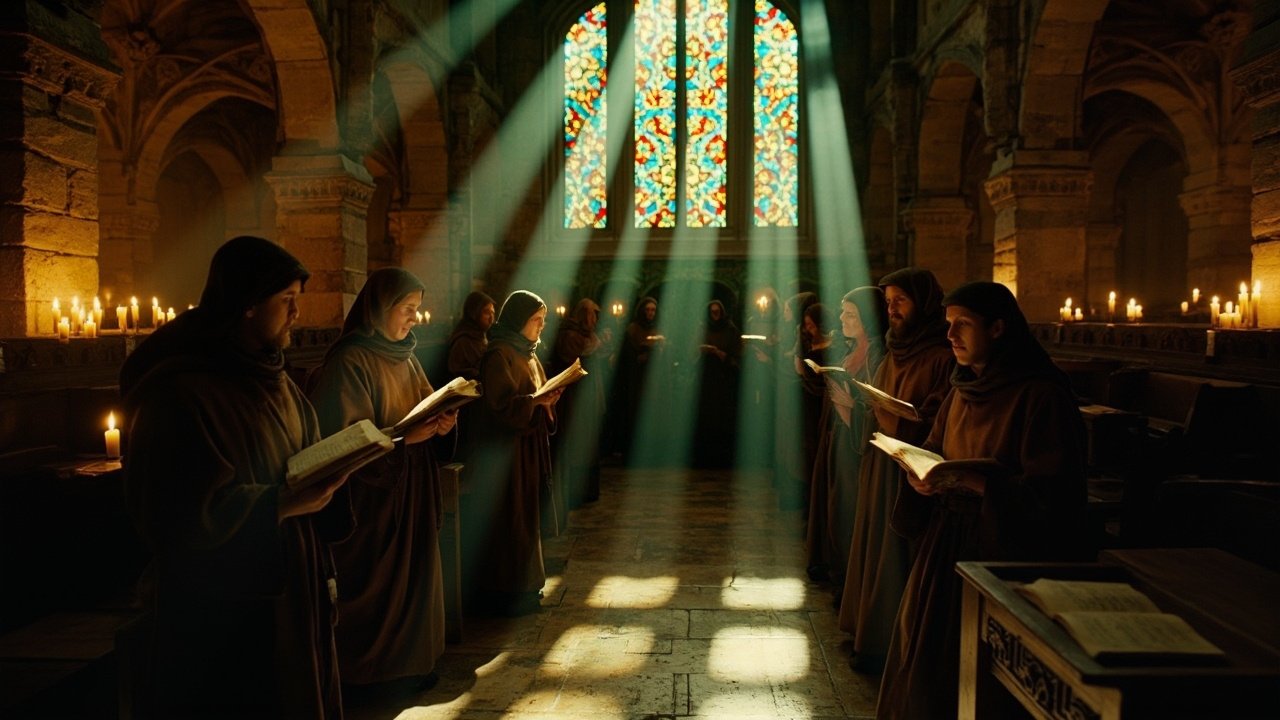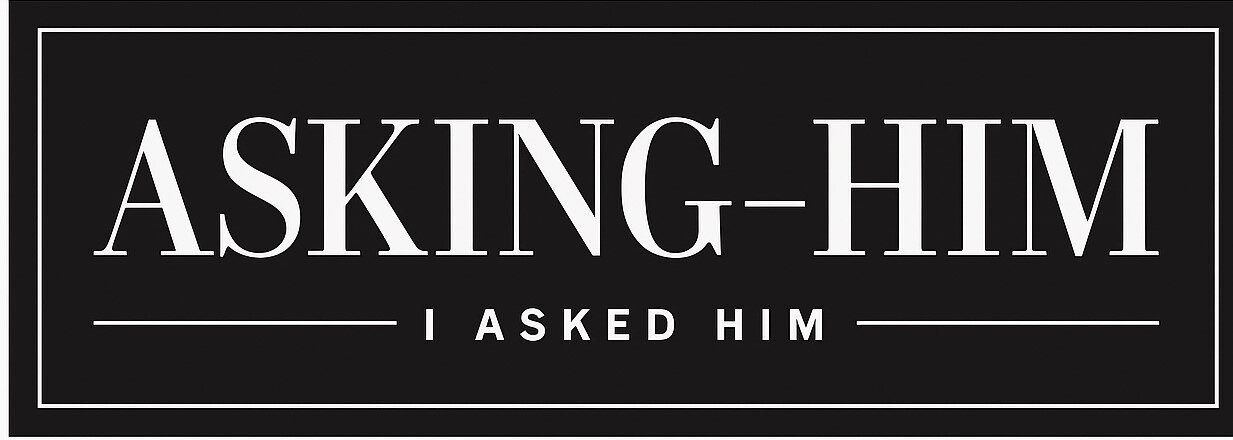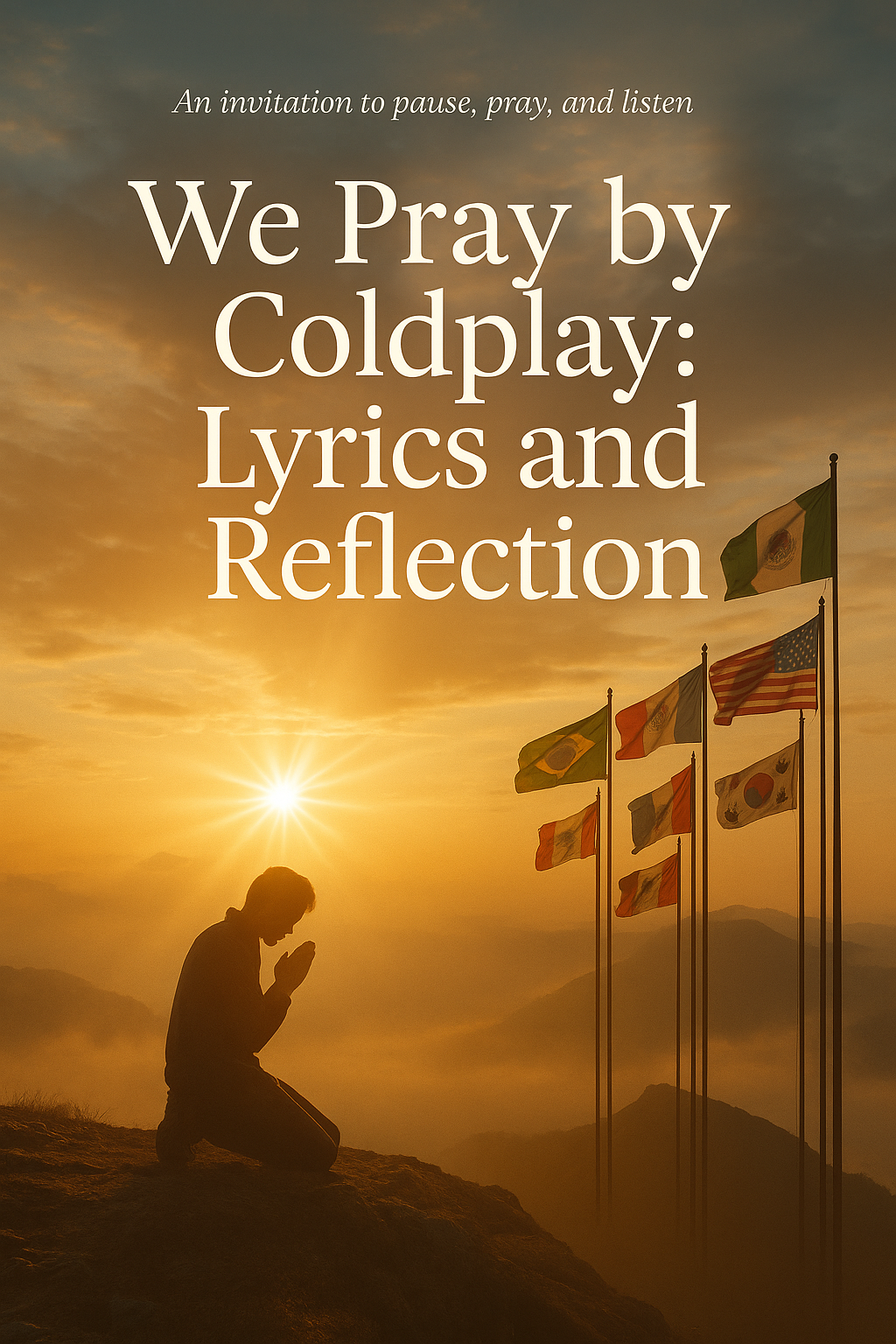
What Are Gregorian Chants?
Gregorian chants are monophonic, unaccompanied sacred songs of the Roman Catholic Church. They represent the oldest known form of written music in the Western tradition. Sung in Latin, these chants are deeply meditative and are often used in liturgical services, including Mass and the Divine Office.
Named after Pope Gregory I (c. 540–604), who is traditionally credited with organizing and standardizing the chants, Gregorian chant is considered the voice of the Church—a form of music not meant to entertain, but to elevate the soul and sanctify the space.
History of Gregorian Chant
The Roots: Early Christian Music
Before Gregorian chant was formalized, early Christians sang psalms and hymns inspired by Jewish liturgical traditions. As the Church grew, so did the need for a unified form of worship music.
Pope Gregory I and the Legend
The term “Gregorian” comes from Pope Gregory I, who was believed to have received the chants from the Holy Spirit in the form of a dove whispering into his ear. While historians question the literal truth of this, his role in codifying and spreading the chant is widely accepted.
Carolingian Reform (8th–9th Century)
Under Charlemagne, Gregorian chant was systematized and written down using neumes (early musical notation). This standardization helped unify worship across Europe.
Purpose of Gregorian Chant
- To Pray: Gregorian chant is often called “sung prayer.” It connects the heart with God in a contemplative, non-distracting way.
- To Sanctify Time: The chants follow the Liturgy of the Hours, helping sanctify each moment of the day.
- To Elevate the Liturgy: Chants highlight the sacredness of the Mass and help focus worship on the divine.
The Power of Gregorian Chant
1. Spiritual Authority
Gregorian chants are known to cleanse spaces spiritually. Some priests use them during exorcisms or spiritual deliverance.
2. Healing Frequencies
Many believe that Gregorian chant vibrations have healing properties. The consistent, flowing tones are said to affect the body and mind positively.
3. Mental Clarity and Peace
Monasteries use chant not only for worship but also to instill order and peace. Listening to chant can reduce anxiety and promote focus.
Language of the Chants: Why Latin?
Latin, considered a sacred and universal language in the Church, preserves the purity and doctrinal integrity of prayers. It’s unchanging and allows Catholics worldwide to unite in common worship.
Most Commonly Heard Chant: Dies Irae
One of the most famous Gregorian chants, Dies Irae (Day of Wrath), is often sung at funerals and All Souls’ Day. Its solemn tone speaks of the Last Judgment.
Dies Irae – Latin and English Translation
Latin: Dies irae, dies illa
Solvet saeclum in favilla:
Teste David cum Sibylla.
Quantus tremor est futurus,
Quando iudex est venturus,
Cuncta stricte discussurus!
English: Day of wrath, that day
Will dissolve the world in ashes
As foretold by David and the Sibyl.
How great will be the terror,
When the Judge shall come
To examine all things strictly.
Notable Gregorian Chants You Should Know
- Salve Regina – Hail Holy Queen
- Ave Maria – Hail Mary
- Pange Lingua – Sing, My Tongue, The Savior’s Glory
- Ubi Caritas – Where Charity and Love Prevail
- Veni Creator Spiritus – Come, Creator Spirit
Where to Hear Gregorian Chants
- Mass at Traditional Latin Parishes
- Benedictine Monasteries (e.g., Solesmes Abbey, France)
- Gregorian Chant Spotify Playlists
- YouTube channels of Catholic monasteries and choirs
Closing Reflection
Gregorian chant isn’t just music. It’s a spiritual experience. In an age of noise, chant offers a return to sacred stillness—a timeless sound that continues to echo the prayers of the saints.
Let your soul be stilled, and your spirit lifted.

